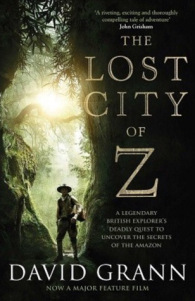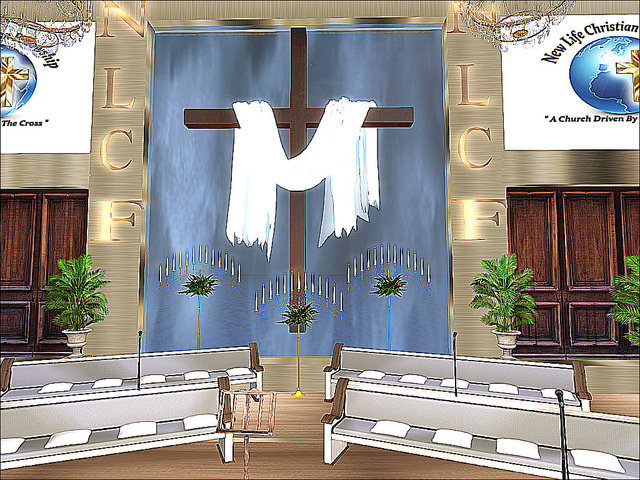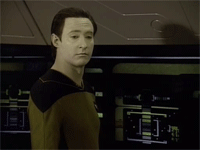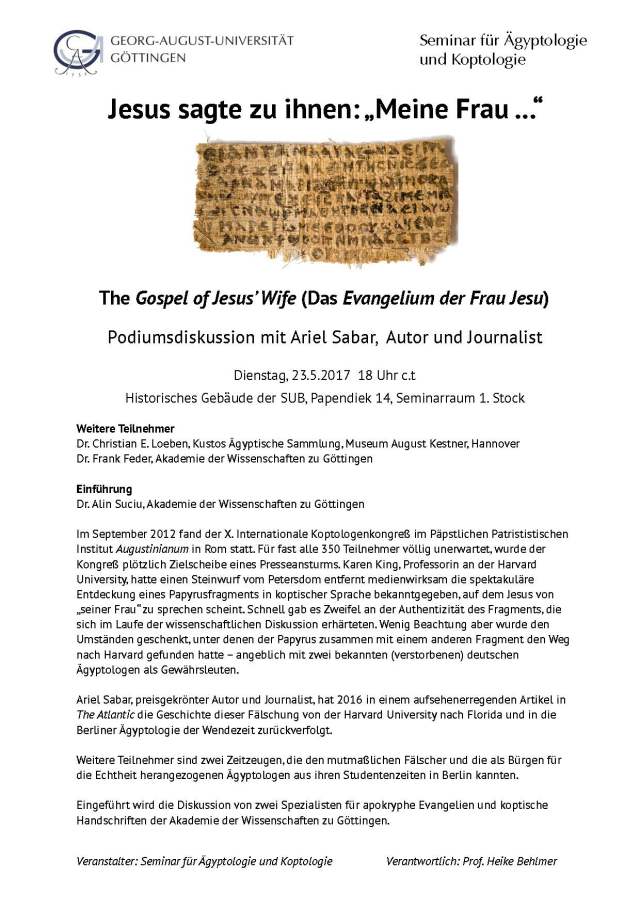 Title: The Lost City of Z
Title: The Lost City of Z
Author: David Grann
Genre: Non Fiction
Date: 2009
Publisher: Simon & Schuster UK
Pages: 352
Started: 16th September 2017
Completed: 17th September 2017
Rating: 4/5
Summary: In 1925 Fawcett ventured into the Amazon to find an ancient civilization, hoping to make one of the most important discoveries in history. For centuries Europeans believed the world’s largest jungle concealed the glittering kingdom of El Dorado. Thousands had died looking for it, leaving many scientists convinced that the Amazon was truly inimical to humans. But Fawcett, whose daring expeditions inspired Conan Doyle’s The Lost World, had spent years building his scientific case.
David Grann is an American journalist and The Lost City of Z was his first book to be published. The book was then adapted into a film by Brad Pitt’s Plan B company, released in 2017, with Charlie Hunnam as Fawcett and Tom Holland as his son.
Percy Fawcett was a British geographer, cartographer, explorer, and archaeologist. He disappeared, along with his son, in 1925 attempting to find a lost city he called ‘Z’ in Brazil. Fawcett inspired Arthur Conan Doyle’s The Lost World as well as countless expeditions to Brazil to find the elusive ‘Z’.
I really enjoyed the subject of this book and it hooked me from the start. I’m a huge nerd when it comes to myths of lost cities and civilisations such as El Dorado and I’m really interested in the era of colonisation and post-colonial literature. I was surprised to learn that this type of ‘adventure’ went on right into the 1920s but I shouldn’t have been surprised since I’ve seen the Indiana Jones films multiple times. The book actually inspired me to do some of my own research into the topic and the man, Percy Fawcett, which was great.
I also liked the way that the book was presented in its physical form. My edition has glossy photos in the centre of the book and it was a great way to illustrate some of the points that are made and show off who the people are in the story. They’re a mixture of old and new photos so it was nice to see the contrast between today’s explorers and the explorers of the ‘golden age’.
The plot is made up of several interwoven stories which all concentrate on the legend of Percy Fawcett or the lost city in some way. Each story focuses on different people in different time periods, including James Lynch in 1996. It was a very interesting way to tell the story and I enjoyed it.
However, this book is also incredibly strange to read. It’s classed as a nonfiction book, a history book, but I don’t think it works. Some of the ‘historical’ sections about Fawcett seem embellished and fictionalised, almost as if the author has added his own spin on the bits of historical evidence that he found. Even the author’s own journey to the lost city seems fictionalised in some way, maybe romanticised to a point where it no longer feels realistic. I just found the tone of the book to be really weird.
I still don’t know how I feel about this book. I gave it 4/5 because the writing was fluent and engaging and the subject of the book really intrigued me. However, I still think that it’s weird and I don’t know if I’d recommend it.
Advertisements Share this:




